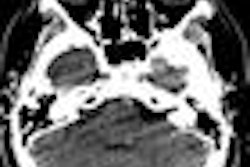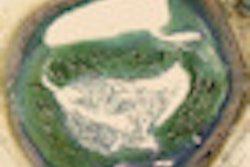Dear AuntMinnie Member,
Imagine the heartache of diagnosing your own mother's terminal cancer. Imagine how much worse it would be if you knew that the judicious use of medical imaging earlier in her case could have made a difference in prolonging her life -- or even saving it.
This is the story of our columnist Dr. Mary Morrison Saltz, who wonders if her personal experience is an example of larger problems in the way we're using medical imaging in the U.S. healthcare system. The standard of care usually has radiologists starting with cheaper -- and less powerful -- modalities and working up to technologies such as PET/CT and MRI.
But is that the way it has to be? What if we could develop decision-support tools that would help us pick the right modality at the right time -- when it will benefit the patient the most? Learn more by clicking here, or visit our Imaging Leaders Digital Community at leaders.auntminnie.com.
Techs repeat more head CT
In other news, a new study out of Montreal found that when given the choice, radiologic technologists chose to repeat CT head studies far more often than radiologists.
With an eye on reducing patient exposure to unnecessary radiation, researchers from McGill University wanted to see what percentage of scans were unnecessary. They collected more than 100 cases representing some of the worst scans technically that had been acquired at their facility -- full of noise and artifacts that complicated the task of image interpretation.
They asked a group of radiologists and a group of radiologic technologists to decide which scans they would repeat. Technologists tended not only to judge image quality more harshly, they were also more likely to recommend a repeat study. Find out why by clicking here, or visit our CT Digital Community at ct.auntminnie.com.
PET/MRI software
Finally, visit our Advanced Visualization Digital Community for a new article on a software tool developed by researchers from the U.S. National Institutes of Health. The tool is designed to make it easier to automatically perform lesion analysis, which currently has to be performed by hand. Find out how it works by clicking here, or go to av.auntminnie.com.




















